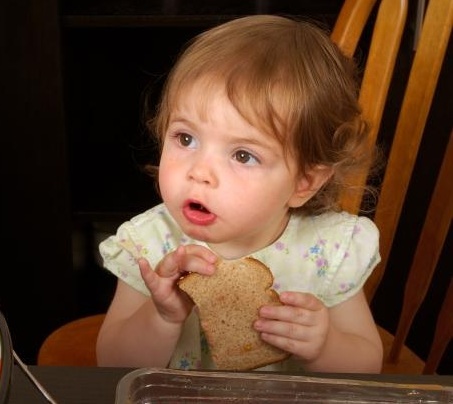Obesity Can Be Predicted in Infants, Study Shows
The risk of obesity can be recognized from infancy, according to new research findings, which point to two key milestones on doctors’ growth charts.
 Babies that passed two key milestones on growth charts by age two have twice the risk of childhood obesity compared to infants that grow at a slower rate, a new study shows. Those that grow at a very fast rate during the first six months are also more likely to be obese at age 10, researchers say.
Babies that passed two key milestones on growth charts by age two have twice the risk of childhood obesity compared to infants that grow at a slower rate, a new study shows. Those that grow at a very fast rate during the first six months are also more likely to be obese at age 10, researchers say.Pediatricians use growth charts organized into percentiles to plot babies’ weight and height in relation to other children that are the same age and gender. For example, an infant in the 80th percentile for weight would weigh more than 80 percent of his peers.
Researchers examined height and weight information for 45,000 infants and children younger than age 11 who had routine growth measurements during doctor checkups. Infants whose weight crossed at least two of seven percentile cut-off points on the charts within the first two years were at a greater risk of obesity than those who grew more slowly, the data showed. The risk of obesity at ages five and ten was highest among those infants who jumped at least two percentile groups on the growth charts by age six months.
Based on the findings, doctors and parents should take rapid growth as a warning sign, said pediatrician Dr. Elsie Taveras, the study’s lead author and an obesity researcher at Harvard Medical School. She noted that babies that pack on weight too rapidly may not be spending enough time crawling around or may be overfed.
Other experts argue that babies grow in spurts and warn that putting an infant on a diet could actually prompt obesity later.
In an editorial published alongside the new study, released online on Monday in the Archives of Pediatrics and Adolescent Medicine, Dr. Michelle Lampl, director of Emory University’s Center for the Study of Human Health, and Edward Frongillo, an infant growth specialist at the University of South Carolina, voiced their concerns over the conclusions of the researchers. Only 12 percent of the infants that crossed at least two key points on growth charts were obese at age 5, they noted, a figure close to the national average. In the U.S., about 10 percent of preschool-aged children are obese, versus about 19 percent of those aged 6 to 11.
Dr. Taveras emphasized the need to address from an early age the likelihood of childhood obesity, and the increased risk of health issues, such as Type 2 diabetes, that obese children face.
“If we could screen children earlier, then we could prevent seeing a 5-year-old that’s obese,” Dr. Taveras told MyHealthNewsDaily. Breastfeeding babies longer, avoiding sugary beverages, like juices, and giving them more opportunity to crawl, climb and walk can help reduce their risk of developing childhood obesity as they develop, she said.

No comments:
Post a Comment